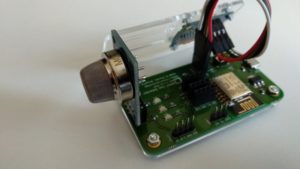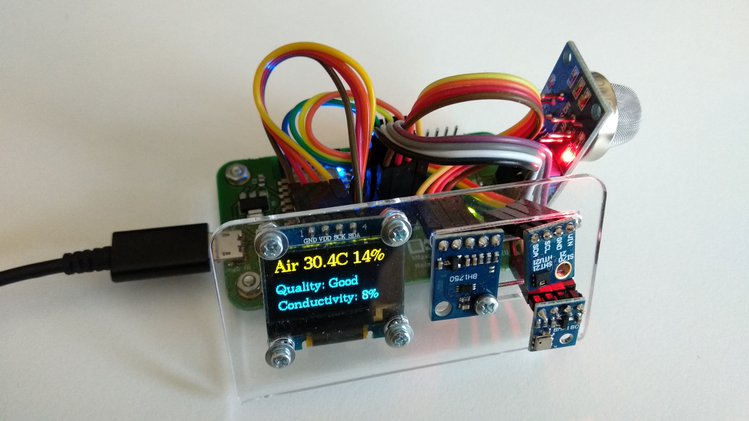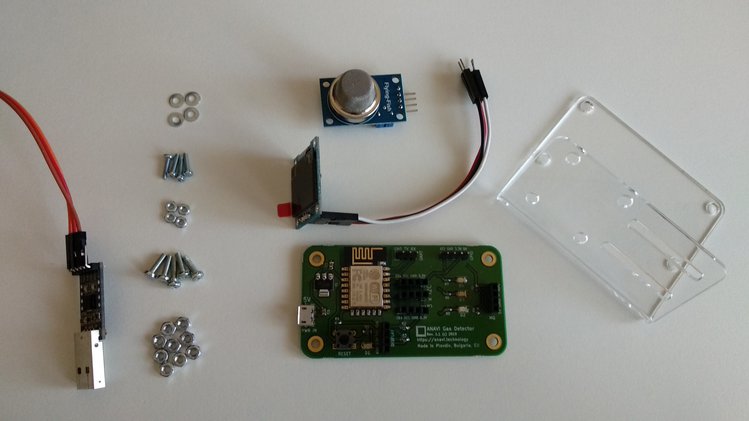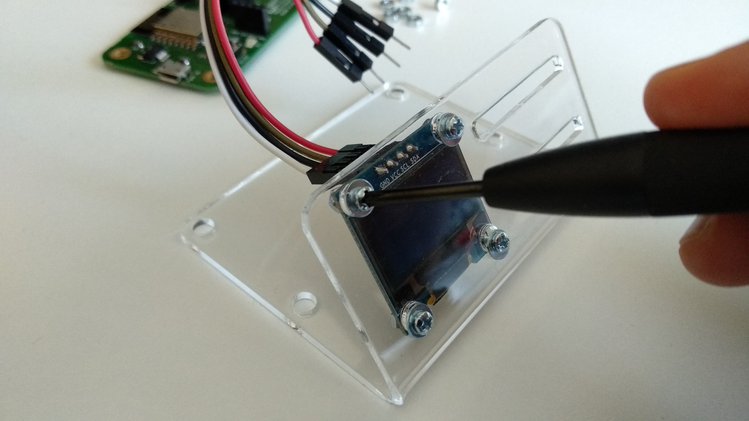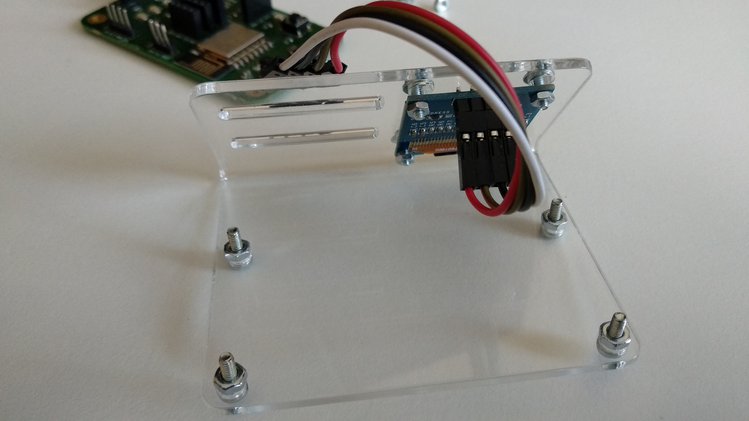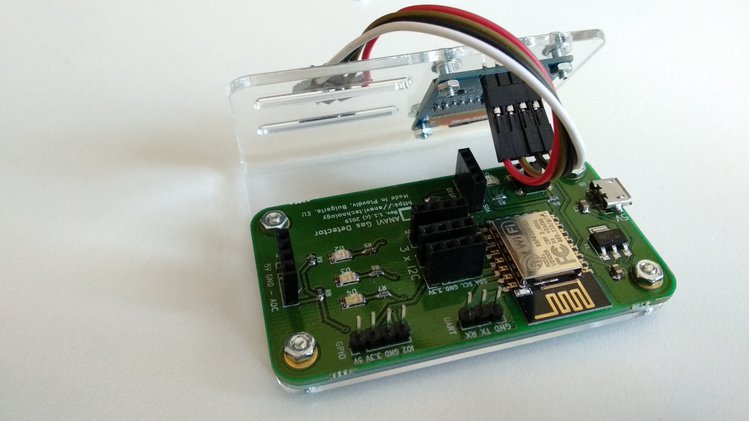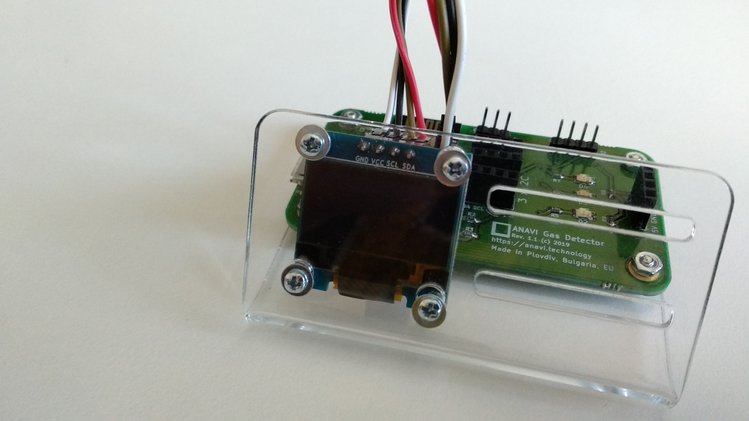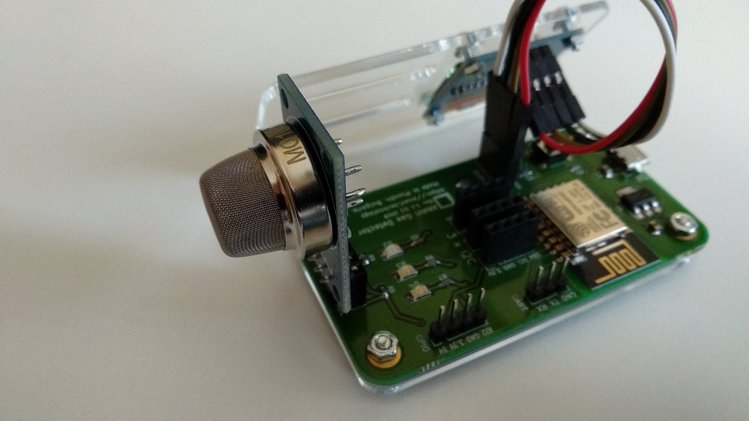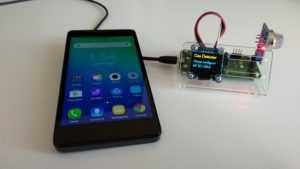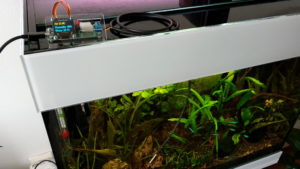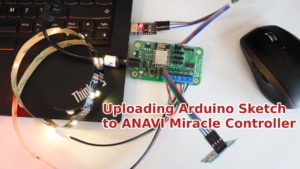ANAVI Gas Detector is an ESP8266-powered, open source, Wi-Fi dev board for monitoring air quality and detecting dangerous gases. In the previous blog post I have shared the exact steps how to assemble it. Now I will cover the straight-forward process for connecting it to your Wi-Fi network. It is very simple and takes less than a couple of minutes.
Step 1: Turn on ANAVI Gas Detector
When you turn on ANAVI Gas Detector for the first time, it will create its own Wi-Fi Access Point with the name ANAVI Gas Detector followed by a unique five character ID.
These characters are actually the end of the MD5 hash generated from the unique chip ID of the ESP8266 module. To avoid confusion, the same five characters are showed on the mini OLED display included in all kits of ANAVI Gas Detector.
Connect to the Wi-Fi access point created by ANAVI Gas Detector from your smartphone, tablet or personal computer.
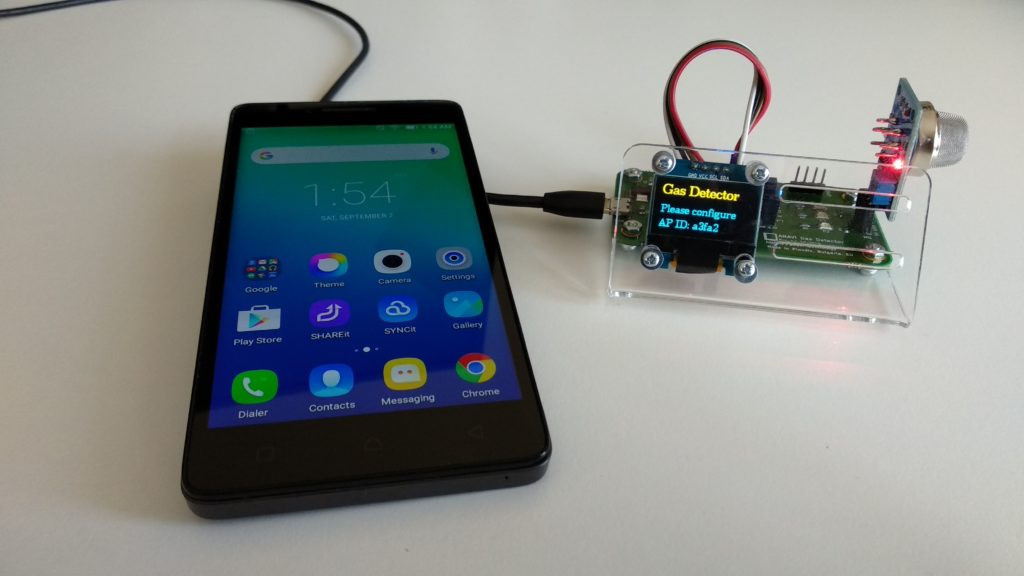
Step 2: Captive Portal
Once you have connected to the Wi-Fi access point created by ANAVI Gas Detector, a captive portal will pop-up and guide you to the next steps. Click Configure WiFi as shown in the video.
Step 3: Configure
Select your local Wi-Fi network, enter a password (if it is not open), type in MQTT broker address, port, username and password.
By default, just for demo purposes, ANAVI Gas Detector connects to iot.eclipse.org with port 1883 and no username/password. This is a public MQTT broker just for demonstrations. It is highly recommended to install open source MQTT broker locally and connect ANAVI Gas Detector to it.
Optionally, you can also select a temperature scale. By default it is set to Celsius. Of course, Fahrenheit is also supported. To switch just type in fahrenheit.
Finally, when ready, just click Save. ANAVI Gas Detector will reboot and try to connect first to your Wi-Fi network and after that to the configured MQTT broker. If it experience problems connecting you will be asked to do the configuration again.
That’s it! The whole process requires just these three easy steps and takes less than a couple of minutes. No need to download & install any apps on your smartphone. If you don’t have a smartphone – you can do the configuration from your personal computer or a tablet.
One More Thing…
Once ANAVI Gas Detector is up and running, if you need to change the configurations, just press and hold the RESET button on the board for 10 seconds. Keep the RESET button pressed until the D1 indication LED on the board is blinking.
This way you will wipe out all configuration, reset ANAVI Gas Detector to factory default and you will be asked to connect it again to your Wi-Fi.
For more details please also read our update at Crowd Supply and watch the short video.



